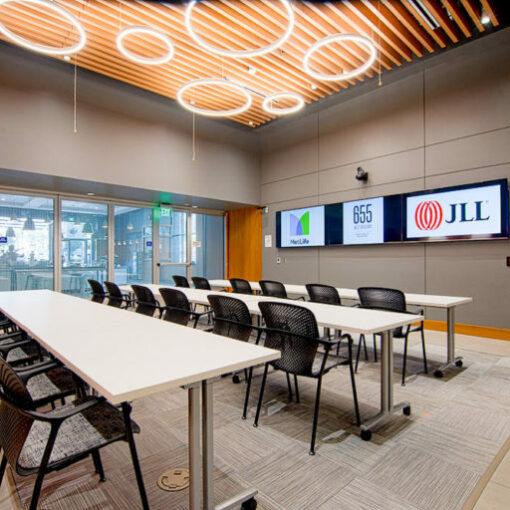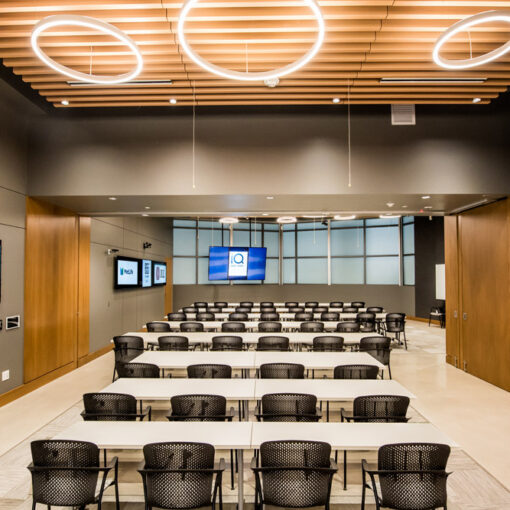
At IQ SmartCenter, we understand the value of receiving relevant team feedback. Whether you’re hosting a small group meeting or an office-wide conference, your attendees will help by sharing their viewpoints. By asking for feedback, you will be able to pinpoint areas of improvement for future events. You can also gain different perspectives, gauge the attention of participants, and encourage audience engagement.
The four tips below will further explain why requesting feedback after a meeting is a good practice, if not fundamentally necessary, as part of your planning process.
To Pinpoint Areas of Improvement
Feedback is most commonly used to point out areas of improvement for future meetings. At the end of your meeting, ask your attendees what can be done better next time. Be sure to ask yourself the same question. This is important because forward-thinking individuals and businesses tend to keep an eye out for improvements. They are constantly looking for ways to refining existing processes. If you identify challenges from past meetings, you can address these before the next event.
Keep in mind that each group of meeting attendees will be unique. Therefore, it’s important to ask questions about what they liked best about the meeting, as well as disliked. These questions can be even more specialized and targeted. For example, let’s say you invited a guest speaker for the first time. Before signing this speaker up again, you should ask your audience about whether they gained value from the presentation.
Rather than a simple yes or no, look for ways to ask open-ended questions. This will give insight about which speakers to incorporate next time. By deciphering what people enjoyed as well as what people did not respond well to, you can pinpoint specific areas that need improvement. You will also have a better understanding of what to replicate next time.
To Gain Different Perspectives
Feedback, especially when given in front of other audience members, is a great way to hear how different individuals responded to the same information. For example, if you have a conference meeting with team members across different departments, they may each have varying takeaways based on their area of expertise. They may even be able to cross-collaborate in a way that could only happen by open communication. For example, the marketing team might have an idea about optimizing the financial plan or the human resources department might suggest a new marketing strategy.
It is important to have feedback and dialogue during an after a meeting, so your team members know their ideas are being heard. When you have people from different fields in the same room, you have the unique opportunity to hear different perspectives and gain new insights. Therefore, requesting feedback is a great way for your meeting and conference attendees to learn things beyond their area of focus, and to meet people outside of their immediate network of co-workers.
To Gauge Audience Attention
Requesting team feedback is the perfect opportunity to see how well your meeting attendees were paying attention. You will also discover how personally involved they felt during the meeting. Were people excited to contribute? Did they retain new information? The feedback process is the best time to learn what didn’t work, in addition to areas of success. Did your audience not feel motivated to give feedback? Was some aspect of the meeting room boring to them? By learning what types of presentations your audience responded to most positively, you can tailor all future meetings accordingly. This will help you to maximize audience attention and participation.
To Encourage Audience Engagement
Along with discovering areas of improvement and overall level of audience attention, team feedback can be a great tool to further encourage engagement. For instance, it can be difficult to promote audience engagement and interaction when a few participants are dominating the topic at hand. To be more inclusive, ask people questions they can answer from their specific viewpoint. This is a great way to get everyone involved. The attendees will feel more like they are part of the meeting, and will remain more invested in the outcome.






